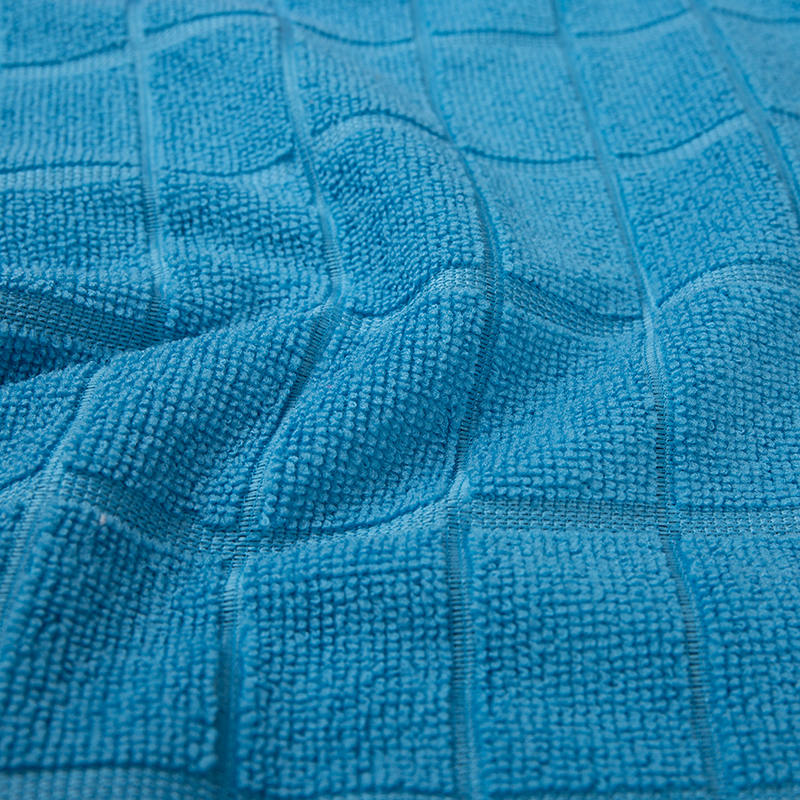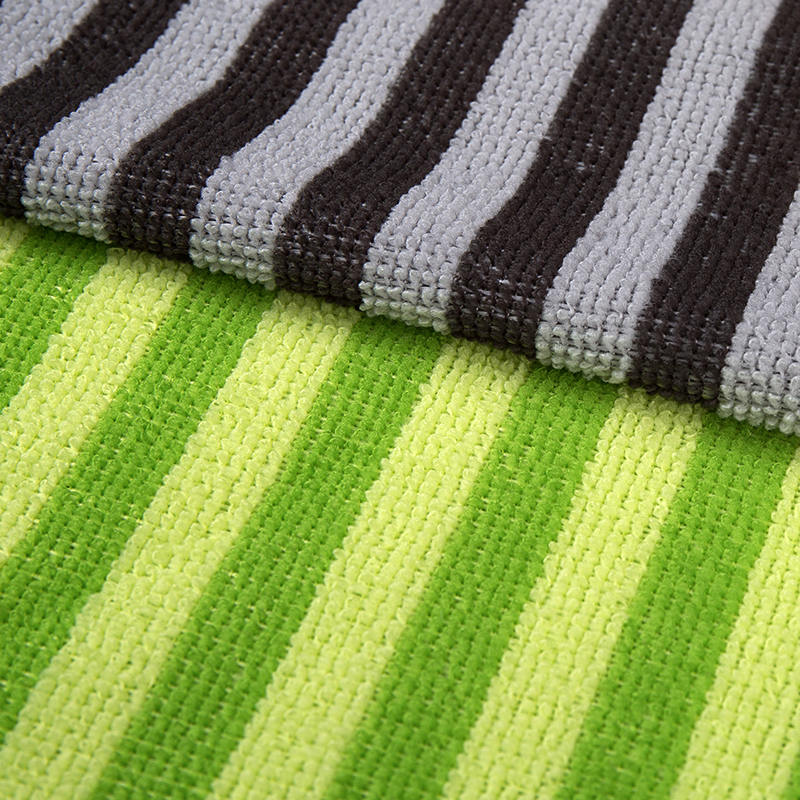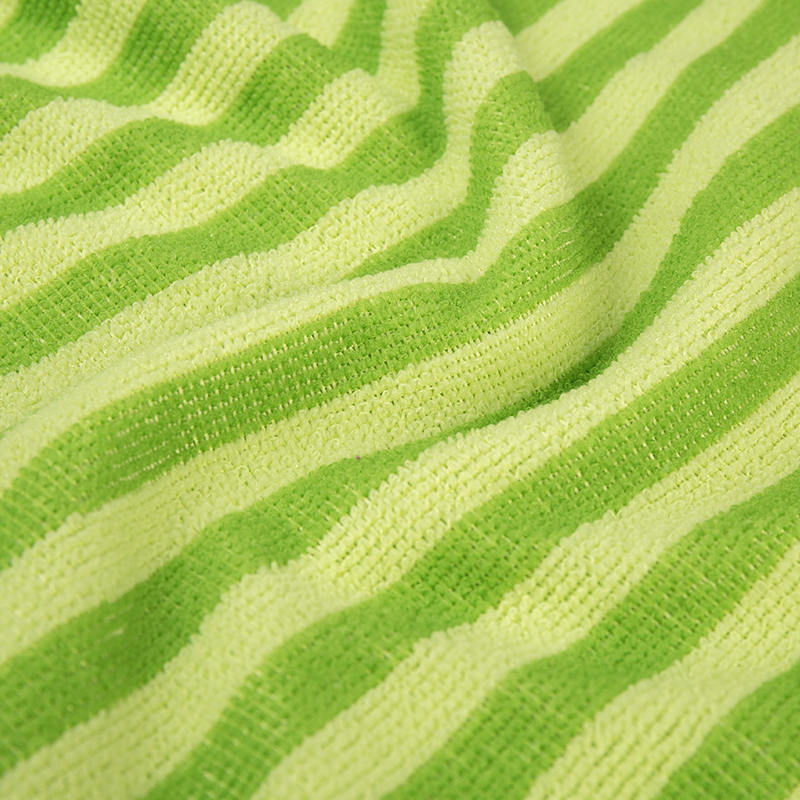Textile products in the production and processing process, inevitably will be exposed to a variety of chemicals, especially printing and dyeing and finishing processing as a typical chemical treatment process, will use a variety of dyes, additives, etc., and these chemical materials are likely to contain or produce some harmful substances to the human body, more or less. The harmful substances remaining on textile products may cause harm to human health.
The national compulsory standard - GBl8401-2003 "National Basic Safety Technical Specifications for Textile Products" was formally implemented on January 1, 2005. Because the mandatory national standard has the legal significance of enforcement, the formulation of the standard in the Standardization Law of the People's Republic of China and the Product Quality Law of the People's Republic of China as the basis, but also must comply with the WTO/TBT agreement rules of the game. Since only the basic safety technical requirements are involved, the other requirements of the product are implemented according to the corresponding standards, but the basic safety technical requirements of the textile product in the relevant standards and other technical documents do not meet the provisions of the technical specification, the specification must prevail.
The basic safety technical requirements put forward by the code for textile products are five major items: formaldehyde content, pH value, color fastness, odor, and azo dyes that can reduce carcinogenic aromatic amines.
The examination content of the above 5 items as the basic safety technical requirements of textile products is carefully considered. At present, some ecological standards of textiles have been partially introduced into the international trade of textiles and clothing, and these standards put forward specific requirements for the ecological safety performance of textiles and clothing from the concept of the whole ecology or from the concept of the partial ecology. It also forms a strong external driving force to standardize the production of enterprises and improve the technical level and competitiveness of enterprises.
However, due to the imbalance in economic and technological development between countries or different regions in the world, these ecological standards are frequently used as an effective tool to build new trade barriers. According to the WTO agreement on Technical Barriers to Trade, at present, many technical barriers to trade with green characteristics are encouraged on the whole, but some obvious trade protectionist tendencies are subject to certain restrictions.
At present, almost all the international ecological standards for textiles are adopted voluntarily, and many limit control requirements are often selectively adopted. The basic safety technical specifications of textiles are discussed in this paper because it is a mandatory national standard with the nature of laws and regulations, the specific content it contains should take into account the basic safety requirements of the human body and must take into account the actual technical level of China's textile industry, the current level of economic development in China and the actual consumption level of the people. At the same time, according to the rules of the WTO game, the mandatory norms should be equal to domestic textile products or imported products, and can not become a disguised non-tariff trade protection measure to restrict imports. Therefore, on the basis of fully considering various factors, the drafters of the specification have determined the following four principles for selecting assessment items: first, to reflect the basic requirements of product safety performance; second, to include the mandatory content of foreign regulations or standards; Third, the assessed items will have a significant impact on product quality; Fourth, the selected items have reliable detection means or methods.
Specific analysis of the five mandatory monitoring contents is not difficult to find, formaldehyde content and can be reduced to carcinogenic aromatic amines azo dyes these two contents, in fact, has become the current textile and clothing international trade in the basic safety technical requirements, China's current export of Europe and the United States and Japan and other countries of textiles and clothing almost have been required to provide relevant testing reports, The European Union and Japan also have relevant regulations to strictly control these two contents.
As for the listed several color fastness indicators, whether domestic or foreign, dyed textiles must be tested. Although there is no direct evidence to prove that there is an inevitable causal relationship between color fastness and human health and safety, good color fastness can undoubtedly greatly reduce the risk of harm to human health due to the transfer of dyes to human skin. The requirements for pH value and odor are the basic requirements for textile products, and it should not be too difficult to meet the technical requirements. Therefore, taking these five items as mandatory monitoring targets has both a scientific and reasonable basis and strong operability.
As for the determination of specific assessment indicators, the following principles have been followed: as far as possible with international standards, as far as possible with the existing national standards, strong operability and considering the technical and economic development level of China's textile industry at the present stage. Therefore, in some specific quantities or assessment methods, there are some differences in the requirements of some foreign standards.
For example, in the requirements of the color fastness test, it is stipulated that the color stain and changing color fastness are assessed at the same time, rather than just the color stain fastness as some foreign standards. In addition, there are some differences in the requirements for color fastness levels. In addition, the detection limit requirement for carcinogenic aromatic amines in prohibited azo dyes is set at 20mg/g, which is based on the limit requirement of Oeko-Tex standard 100, which is inconsistent with the 30mg/kg stipulated in the current EU directive, and the requirements of the existing GB standard are different, and it is recommended to be adjusted in the revision of the standard.

 English
English Español
Español 中文简体
中文简体







